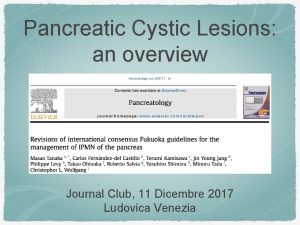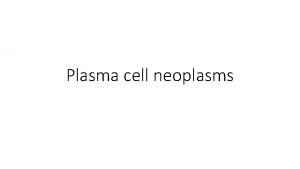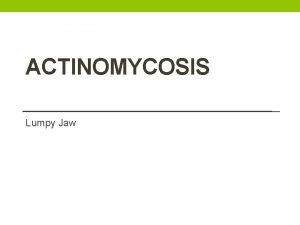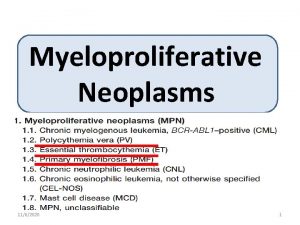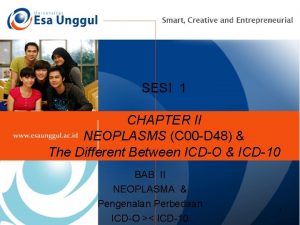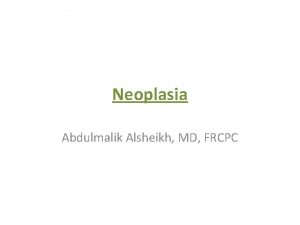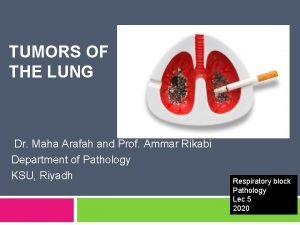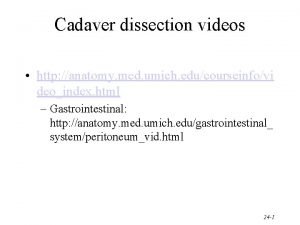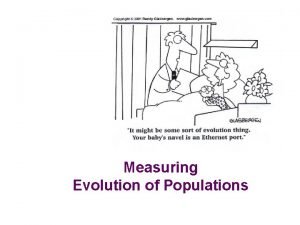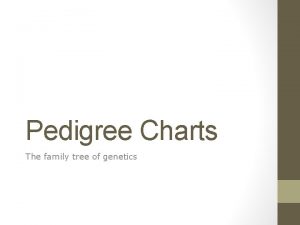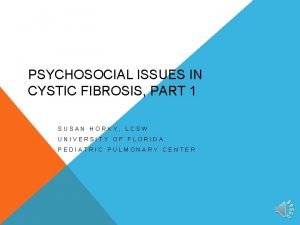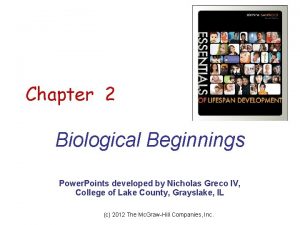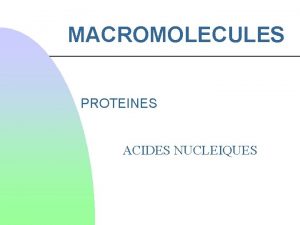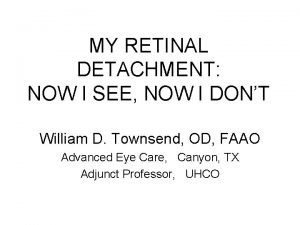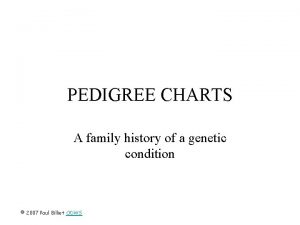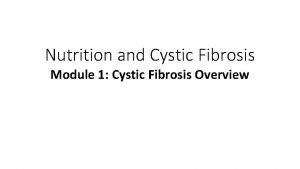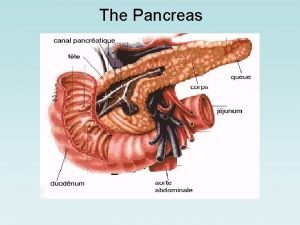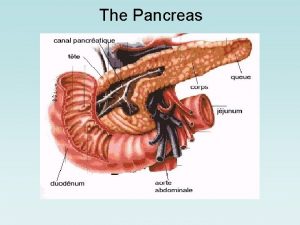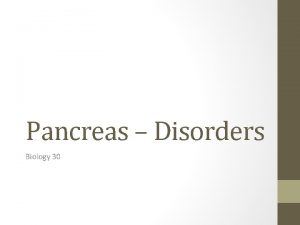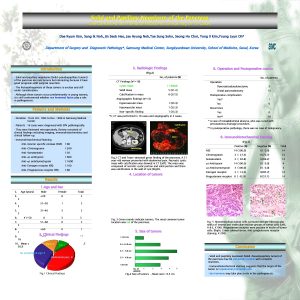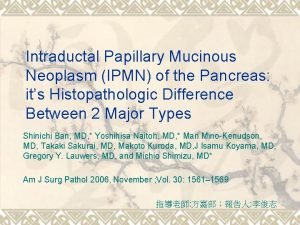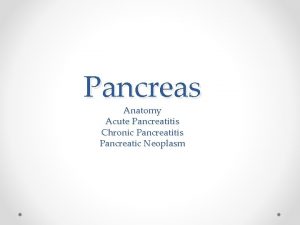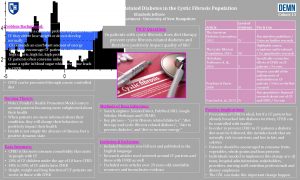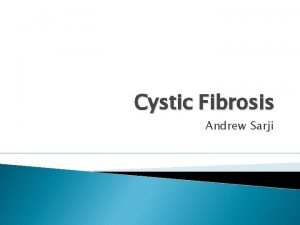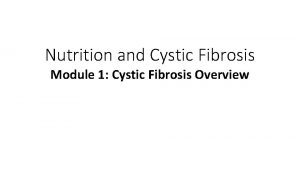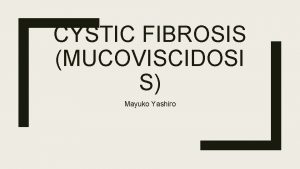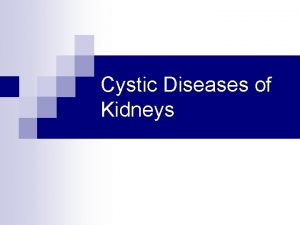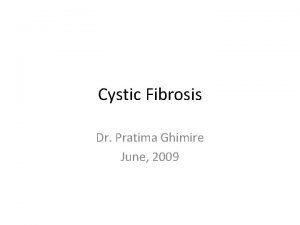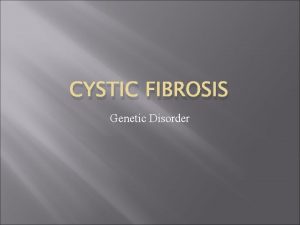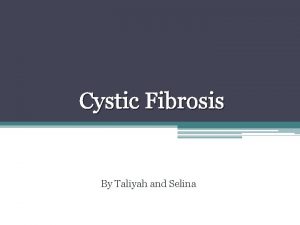Cystic Neoplasm of the Pancreas Clinical Review of






















- Slides: 22

Cystic Neoplasm of the Pancreas Clinical Review of 60 Cases and Treatment Strategy D. K. Kim, S. I. Noh, J. S. Heo, J. H. Noh, T. S. Sohn, S. J. Kim, S. H. Choi, J. W. Joh, Y. I. Kim Department of Surgery, Samsung Medical Center, Sungkyunkwan University, School of Medicine, Seoul, Korea

Introduction

• Pancreatic cystic neoplasms are rare. • There are still many unclear points. • It is difficult to differentiate benign from malignant neoplasm. • Surgery or observation? when benign cystic neoplasm is presumed.

Methods

• From Oct. 1994 to Nov. 1999 at Samsung Medical Center • 60 patients, diagnosed as a cystic neoplasm of the pancreas preoperatively • Depending on pathology, they were divided into benign group and malignant group (premalignant or malignant) and clinical findings were analyzed. • Radiological diagnostic value was also reviewed. • Statistics -t test, Chi-square test, Fisher’s exact test

Results

1. Pathology of Cystic Neoplasm Pathologic type No. of patients (Malignant) Malignant group* 37 (10) Mucinous cystic neoplasm 13 ( 2) Solid-pseudopapillary tumor 11 Intraductal papillary mucinous neoplasm 10 ( 5) Cystic islet cell tumor 2 ( 2) Metastatic papillary carcinoma** 1 ( 1) Benign group 23 Serous cystadenoma 10 Pseudocyst 6 Benign retension cyst 4 Simple cyst 2 Lymphoepithelial cyst 1 Total 60 (10) *It include malignant and premalignant neoplasm. ** From intrahepatic carcinoma.

2. Age and Sex Benign group Malignant group p-value Age 20~70 years 16~76 years NS* (Mean age) (48. 9 years) (48. 5 years) Sex Male: Female 7: 16 27: 10 0. 001 *NS; Non-Significant (p>0. 05)

3. Clinical Findings Benign group Malignant group p-value (n=23) (n=37) Abdominal pain 12 21 No symptom 11 12 NS DM 3 7 NS Weight loss 2 3 NS Anorexia 0 5 NS Abdominal mass 0 4 Jaundice 0 2 NS NS NS

4. Past and Social History Benign group (%) Malignant group (%) p-value (n=23) (n=37) Pancreatitis 4 (17. 4) 8 (21. 6) NS Biliary stone 1 ( 4. 3) 2 ( 5. 4) NS Alcoholic abuse 7 (30. 4) 2 ( 5. 4) 0. 021

5. Laboratory Findings Benign group Malignant group (n=23) (n=37) Serum amylase High: Normal 3: 20 Serum lipase High: Normal 3: 20 Serum CA 19 -9 High: Normal 1: 22 Serum CEA High: Normal 0: 23 p-value 4: 33 NS 8: 29 NS 2: 35 NS

6. Locations Tail Body Head Benign group Malignant group

7. The Size of Tumors 40 Malignant group Mean: 5. 6 cm 30 20 benign group Mean: 3. 8 cm 10 Cumulative count 0 1 2 3 4 5 6 Size (cm) p=0. 014 7 8 9 >10

8. Diagnostic Value of CT Preoperative Benign group (%) Malignant group (%) diagnosis (n=23) (n=37) Malignant 4 (17. 4) 14 (37. 8) or premalignant Benign 3 (13. 0) 2 ( 5. 4) Undetermined 16 (69. 6) 21 (56. 8)

9. Diagnostic Value of US Preoperative Benign group (%) Malignant group (%) diagnosis (n=13) (n=18) Malignant 1 ( 7. 7) 4 (22. 2) or premalignant Benign 2 (15. 4) 3 (16. 7) Undetermined 8 (61. 5) 11 (61. 1) Non-specific 2 (15. 4) 0 ( 0. 0)

10. Diagnostic Value of ERCP Preoperative Benign group (%) Malignant group (%) diagnosis (n=21) (n=18) IPMN 2 ( 9. 5) 8 (44. 4) Ductal carcinoma 1 ( 4. 8) 0 ( 0. 0) Ductal compression 5 (23. 8) 3 (16. 7) by mass Pancreatitis 3 (14. 3) 2 (11. 1) or pseudocyst Non-specific 10 (47. 6) 5 (27. 8)

CT of a serous cystadenoma (Left) and a mucinous cystadenoma (Right). It was difficult to differentiate the precise types of tumors on CT.

11. Operations Distal pancreatectomy 41 Pancreaticoduodenectomy 14 Total pancreatectomy 3 1 1 Enucleation Median segmental pancreatectomy

12. Postoperative Course No. of patients Total (%) Operative mortality 0 0 ( 0. 0) Postoperative complications 11 (18. 3) Pancreatic leakage 5 Infection* 2 Bile leakage 1 Bleeding 1 Miscellaneous ** 2 Recurrence*** 3 3 ( 5. 0) * Pneumonia and wound infection **Intestinal obstruction and brain infarction ***Two malignant IPMNs and one malignant islet cell tumor.

13. Review of Malignant Risk Factors* No. of included Benign group (%) Malignant group (%) factors (n=23) (n=37) 0 8 (34. 8) 2 ( 5. 4) 1 8 (34. 8) 5 (13. 5) 2 7 (30. 4) 18 (48. 6) 3 0 ( 0. 0) 12 (32. 5) * Malignant risk factors -Large sized tumor (more than 6 cm) -Female -No alcoholic abuse

Conclusions

• Because it is difficult to determine the malignancy of pancreatic cystic neoplasms preoperatively, all these lesions should be treated with surgical resection. • If operation risk is high, malignant risk factors may be useful in deciding treatment plan.
 Malignant neoplasm of the blood-forming organs
Malignant neoplasm of the blood-forming organs Ipmn
Ipmn Plasma cell neoplasm
Plasma cell neoplasm Malignant neoplasm of liver
Malignant neoplasm of liver Lumpy jaw meaning
Lumpy jaw meaning Excessive and frequent menstruation with irregular cycle
Excessive and frequent menstruation with irregular cycle Myeloproliferative disease
Myeloproliferative disease Kode icd 10 basal cell carcinoma
Kode icd 10 basal cell carcinoma Carcinoma in situ
Carcinoma in situ Bronchogenic neoplasm
Bronchogenic neoplasm Pancreas anatomy cadaver
Pancreas anatomy cadaver Cystic fibrosis mendelian inheritance
Cystic fibrosis mendelian inheritance 1 in 1700 us caucasian newborns have cystic fibrosis
1 in 1700 us caucasian newborns have cystic fibrosis Organic acidemia
Organic acidemia Suprasternal retraction
Suprasternal retraction Twins on pedigree chart
Twins on pedigree chart Cystic fibrosis transmembrane conductance regulator
Cystic fibrosis transmembrane conductance regulator Autosomal recessive cystic fibrosis
Autosomal recessive cystic fibrosis Cystic fibrosis male infertility
Cystic fibrosis male infertility Cystic fibrosis transmembrane conductance regulator
Cystic fibrosis transmembrane conductance regulator Cystic retinal tuft
Cystic retinal tuft Cystic fibrosis pedigree chart
Cystic fibrosis pedigree chart Cystic fibrosis life expectancy
Cystic fibrosis life expectancy

